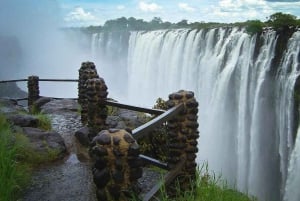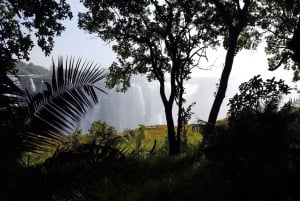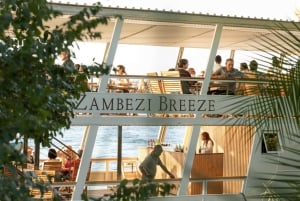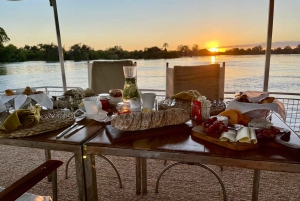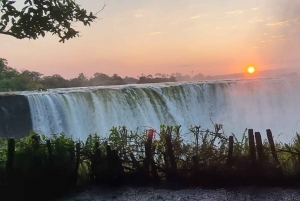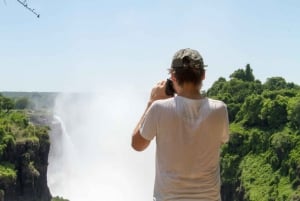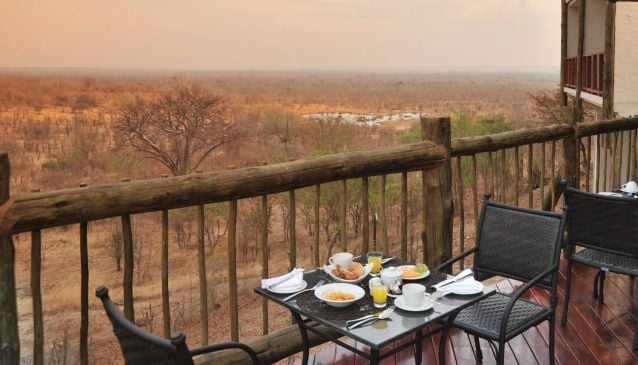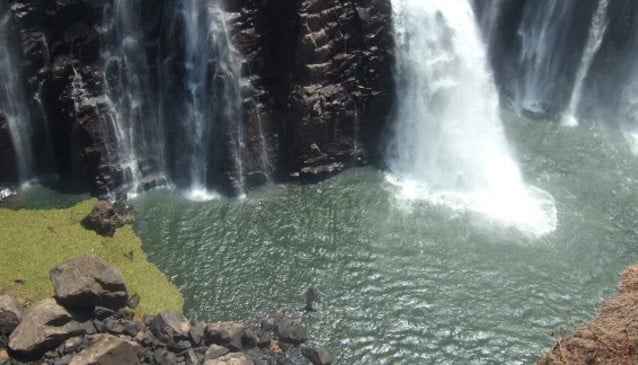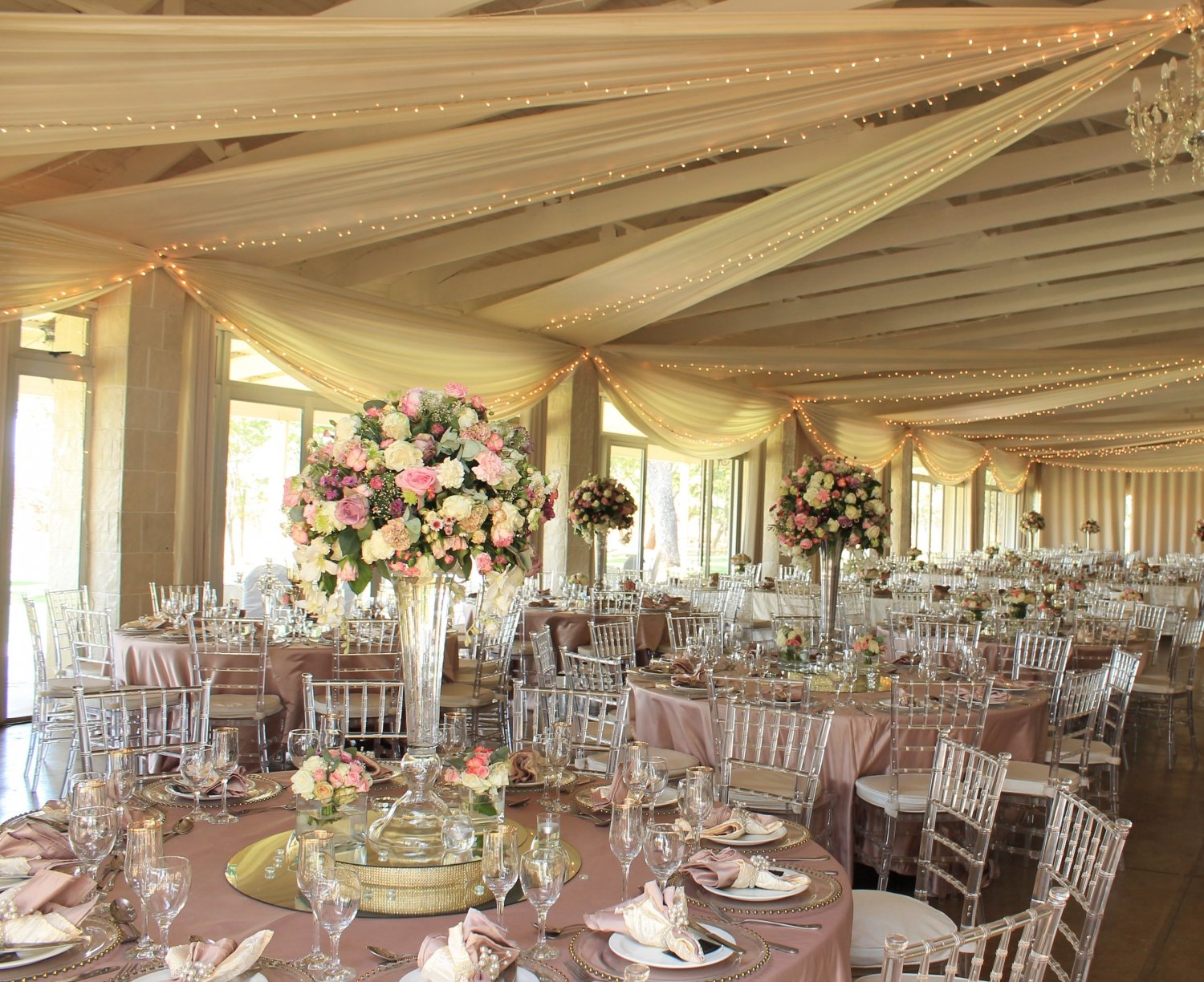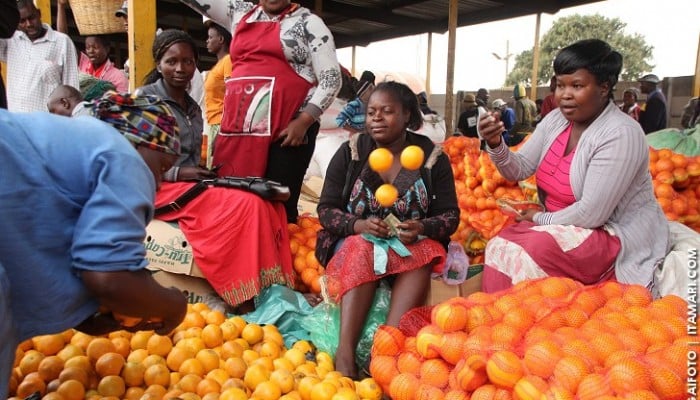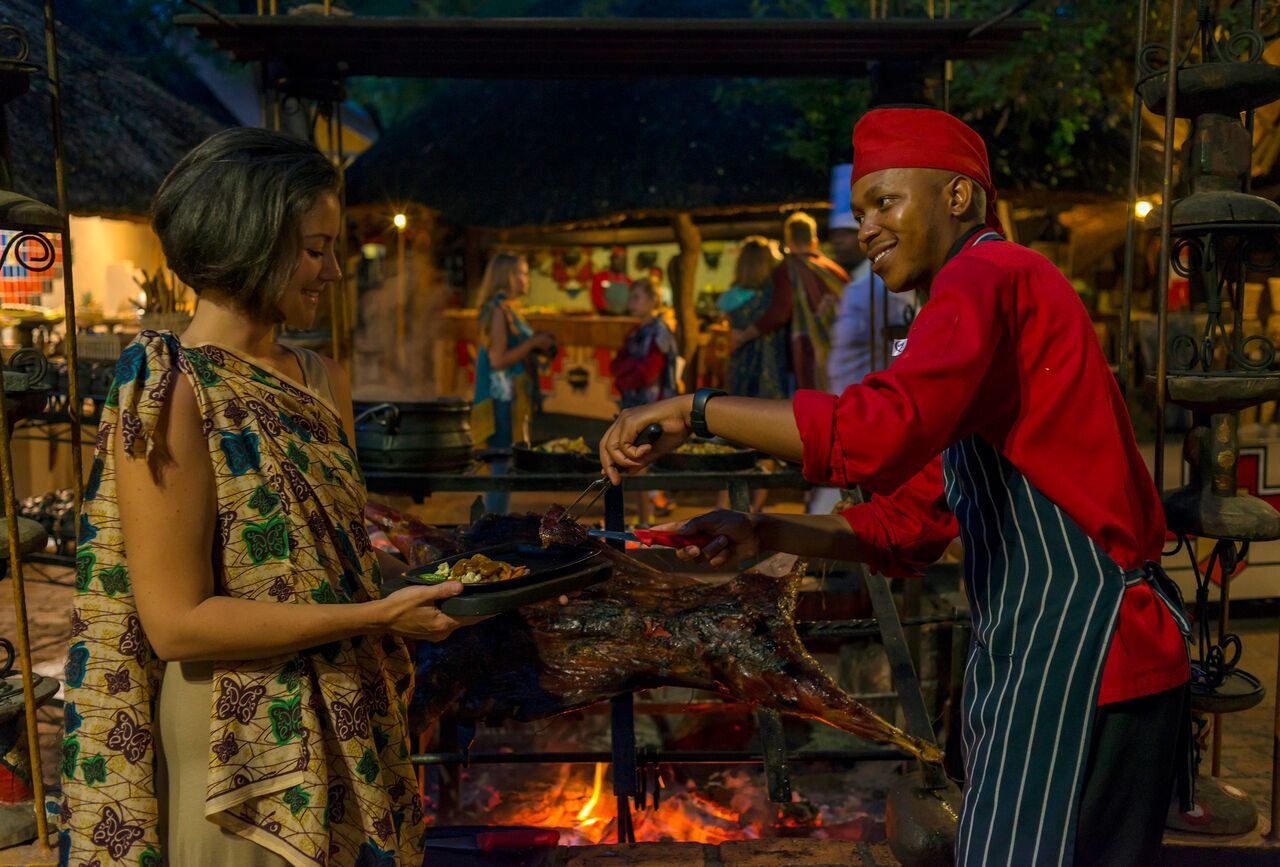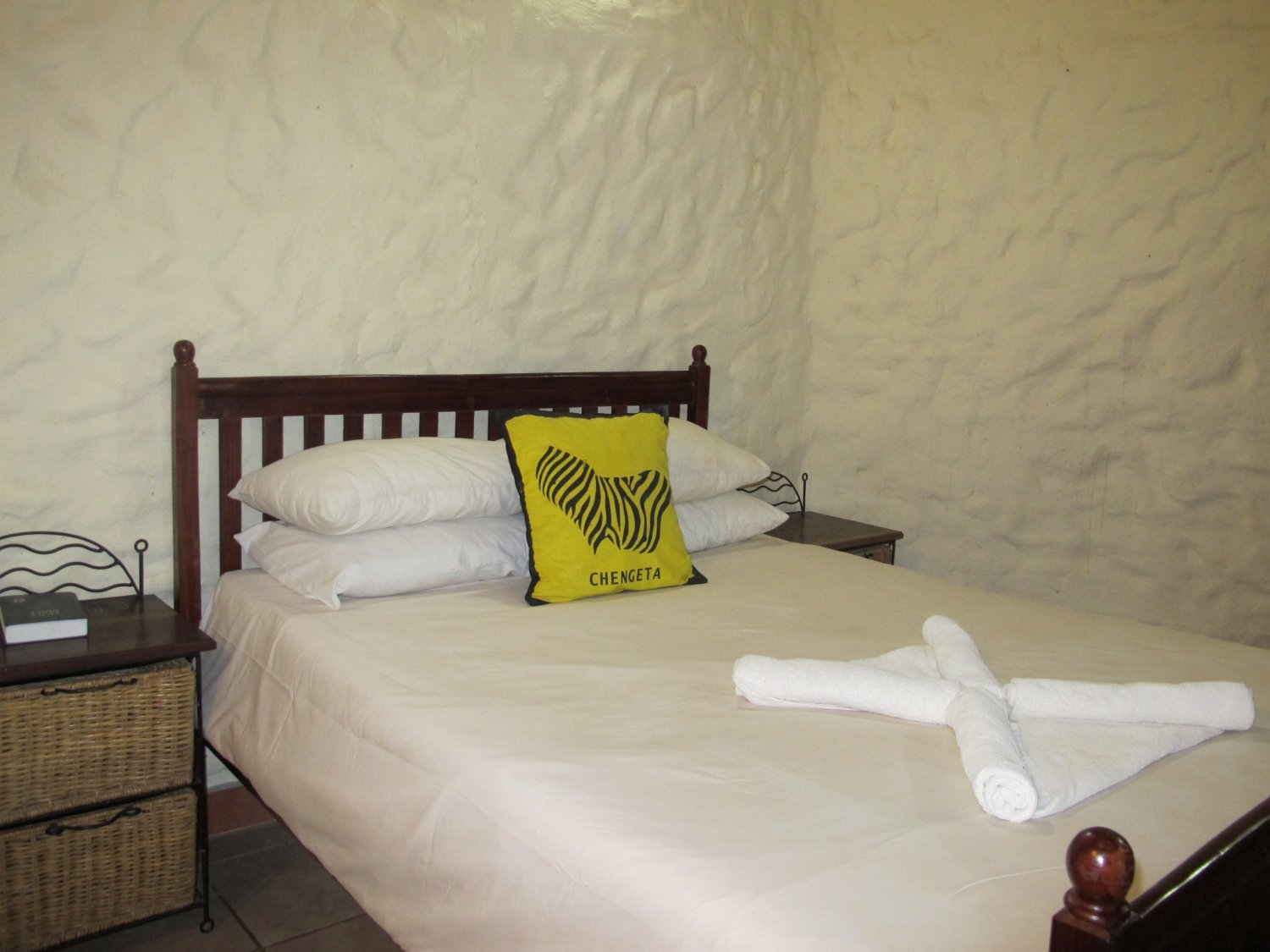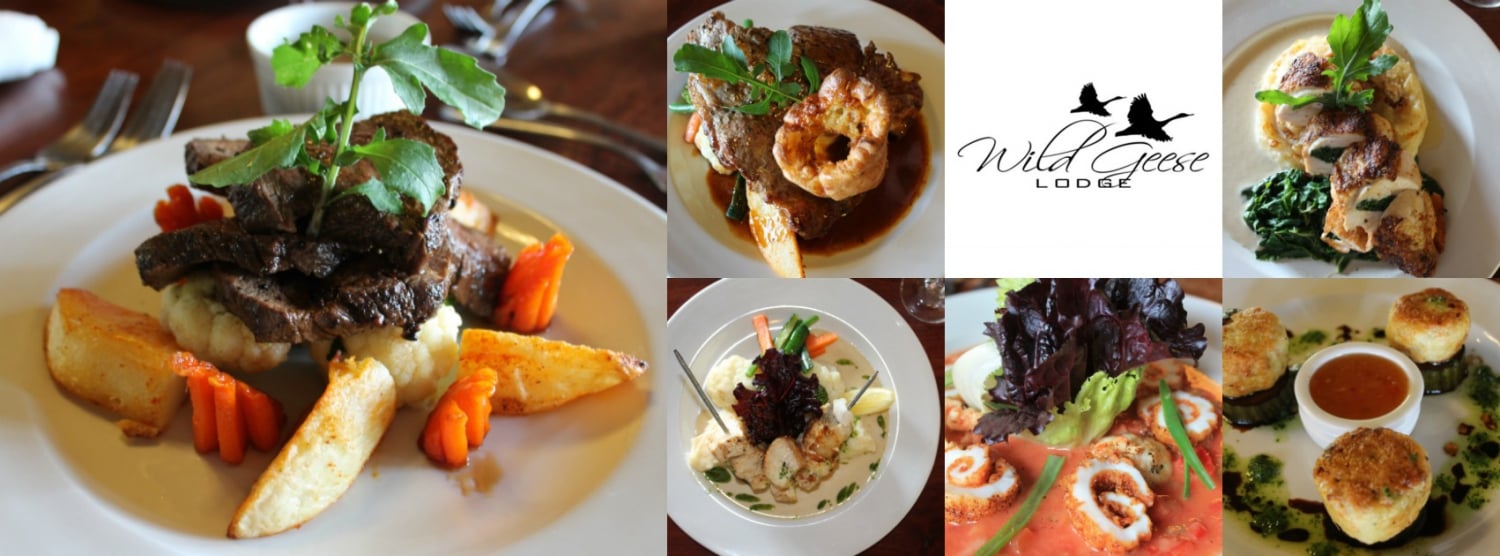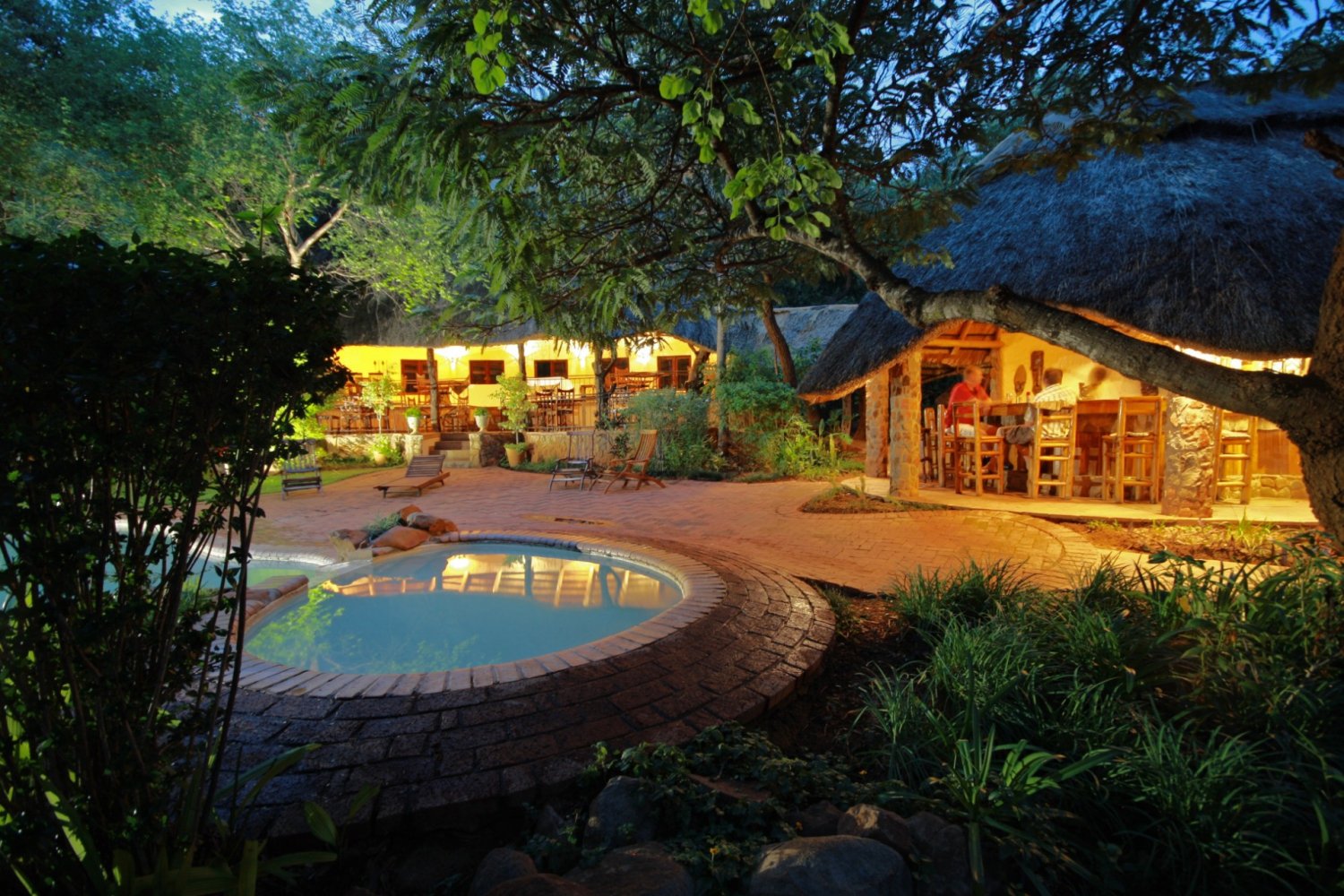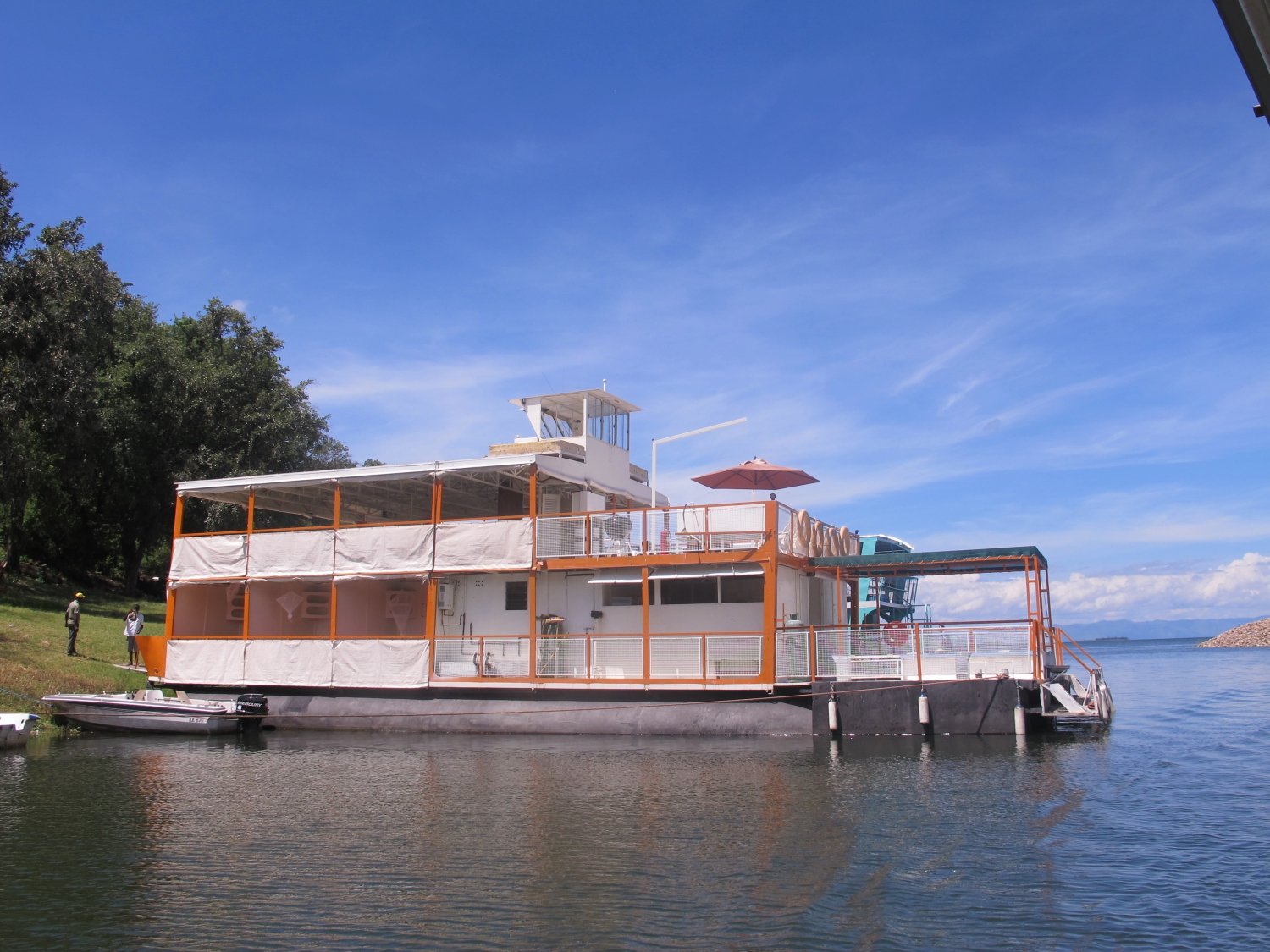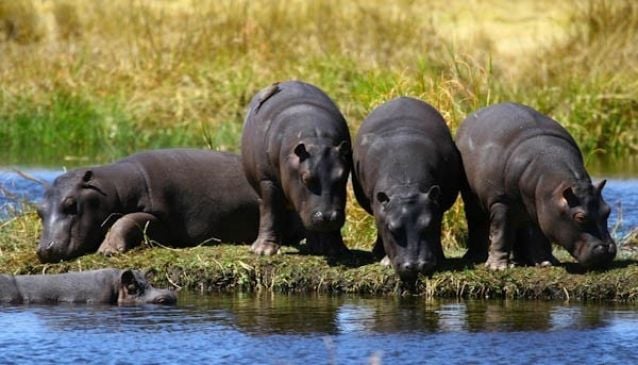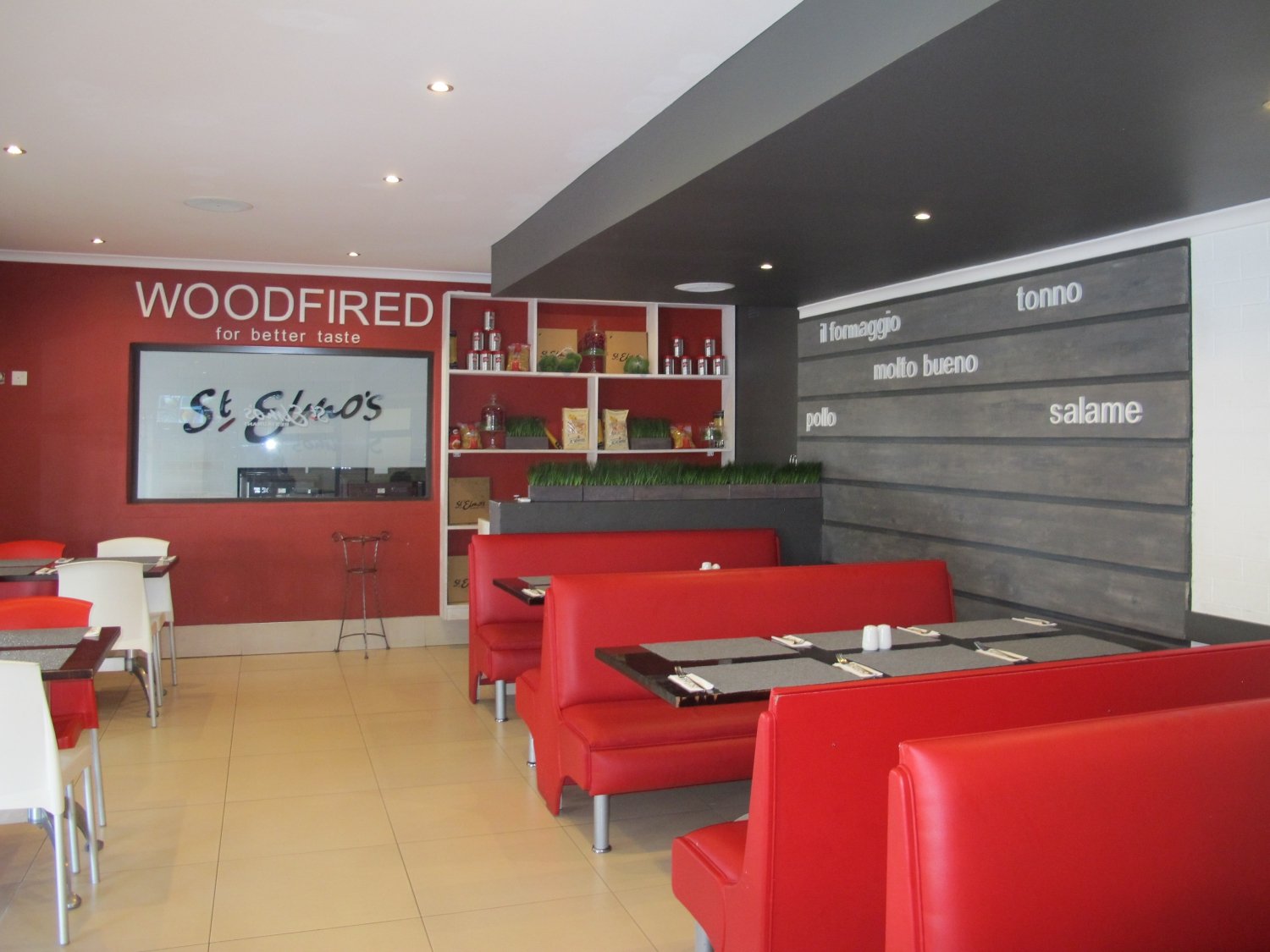History and Culture
Zimbabwe: a potted history
Being at the heart of Africa, Zimbabwe has a long and varied history. Across its ancient plains early human-like beings once roamed, co-existing with the multitude of other wild animals that have their origins in the mother continent.
The Stone Age
The earliest remains are stone tools that date back to at least 300 000 years ago. Small groups living by opportunistic scavenging of carnivore kills and the collection of wild plant foods made these large, chunky artefacts.
By 200 000 humanity evolved to become a hunting animal dependent on spears and traps. With time increasing human numbers limited the territorial extent available and smaller groups developed a lifestyle based on bows and arrows for hunting and foraging a diverse range of wild plants.
These recent groups lived in the many small rock shelters found across the country, painting the walls of their temporary homes. Zimbabwe has one of the greatest concentration and variety of prehistoric rock art found anywhere in the world. These depictions are symbolic statements with deep religious and social meaning.
The Farmer and the King
About 2 000 years ago a new way of life emerged based on tilling the soil and keeping domesticated animals. People lived in settled villages, clearing the wilderness around them. Initially they formed loosely associations, but as numbers grew so to a more complicated political system emerged.
The first of the States emerged along the Limpopo River about AD 1000. Through control of the vast herds of cattle and international trading systems linked to Asia came patronage and political distinction; a new kingship emerged.
Several of these States rose and declined over the next eight hundred years. The most powerful was Great Zimbabwe. This massive stonewalled city is a world heritage site that thrived from AD 1300-1450. Slightly smaller, but beautifully decorated, are the Khami Ruins just outside Bulawayo. This was the capital of the Torwa State from AD 1400 to 1640. Several hundred such sites of different extent can be found scattered across the country.
By the Eighteenth Century smaller, regional polities had replaced the great states. Their local bickering was soon overshadowed by the arrival of migrant groups from South Africa. The most prominent, the Ndebele under King Mzilikazi Khumalo and his son Lobengula, forged a powerful state in west of the Country.
Colonialisation
The first indication of European colonisation was the arrival of various hunters, traders and missionaries. Following the discovery of gold the process became more aggressive culminating in the occupation by the British South Africa Company. The imperialist Cecil John Rhodes created this private company to foster his ambitions.
The local communities resisted in various ways and at various times. In 1923 the small European population voted to replace Company rule with self-government which consolidated White rule.
From 1953-1962 the country was part of the ill-fated Central African Federation that sought to combine the economic and political futures of what is now Zimbabwe, Zambia and Malawi. Following its demise white politics shifted to the extreme and the Rhodesian Front implemented various policies in an attempt to quell the inevitable – majority rule.
African political consciousness started in the 1920s but came to the fore in the 60s and 70s when a bitter civil war was fought. Majority rule and Independence was finally achieved in 1980.
Since then the post-colonial state has struggled with internal conflicts. Old rivalries and memories have not faded and in recent years the economy has faltered. However Zimbabweans are a resourceful and ever hopeful people and we look forward to making something of this our beloved Country.
Our Peoples
Shona-speaking people today dominate Zimbabwe. This cluster of closely related languages consists of a variety of regional dialects with current political and economic implications despite their being largely a colonial construct – Kalanga; Manyika; Karanga; Zezuru: Korekore.
The second largest group, the Ndebele, are based in the west. Their language and customs reflect a strong Zulu origin, the ancestral homeland of its ruling elite who arrived in 1836. Most Ndebele speakers are however of local origin. Others are from neighbouring countries who flocked to Bulawayo, once Zimbabwe’s industrial heartland, in the 1940s.
Smaller groups include the Tonga of the Zambezi Valley, the Nambiya of Hwange, the Venda of Beitbridge and the Shangaan of Chiredzi. Of late these minority groups have become increasingly vocal, reasserting their individual identities as separate to the dominant Shona version. There are also small numbers of people of European, Asian and mixed race whose families came to the country during the colonial period.
Most Zimbabweans still live in the rural areas where small-scale agriculture and pastoralism are the prevailing way of life. This is largely for food for the family, but some areas are known for the production of commercial crops such as cotton, tobacco, tea and groundnuts.
For most of our people the ancestors are still considered the important spiritual guardians of the land and its peoples, although increasingly the great international faiths are coming to dominate. This traditional approach is not ancestor worship. Rather the ancestors guide and assist the living as they can see beyond this world, the past is thus inseparable from the present.
It is in the towns that the colonial and post-colonial process have transformed life. In many of the larger centre some people have taken on the lifestyles and values of western countries – fast cars, rap music and rampant consumerism. Others, most especially in the lower income areas, a new African urban identity has emerged. In these suburbs music ("Township Jazz"), sport (soccer), church and the support of the immediate local community have become essential binding elements.
With thanks to contributer Rob Burrett



